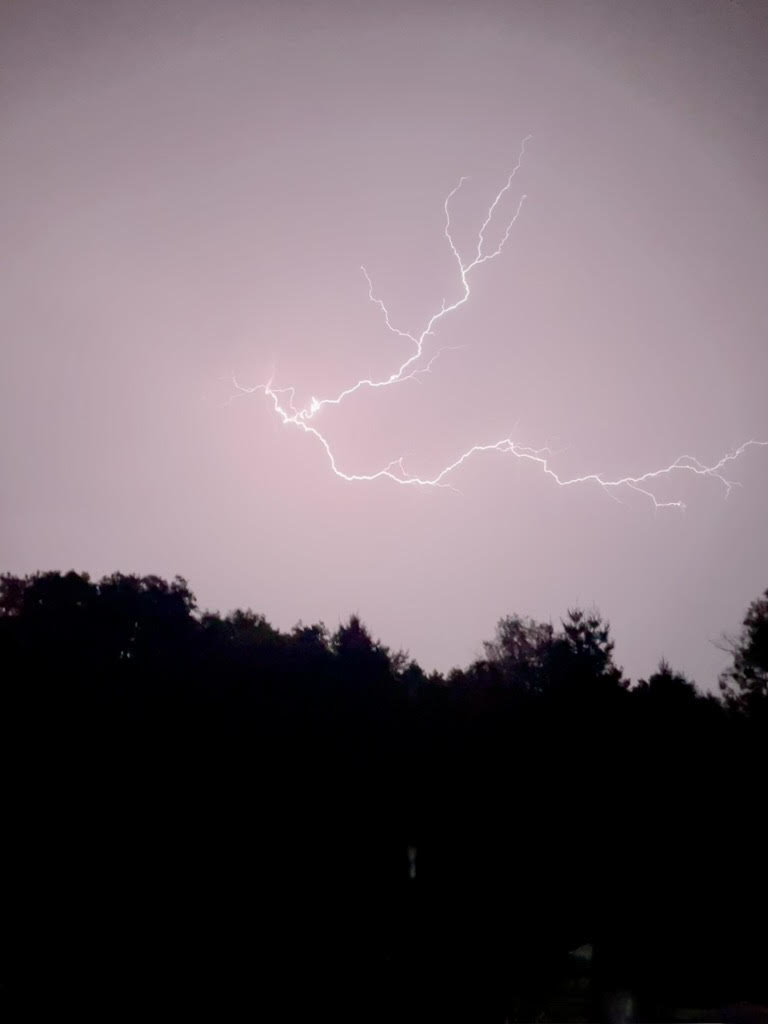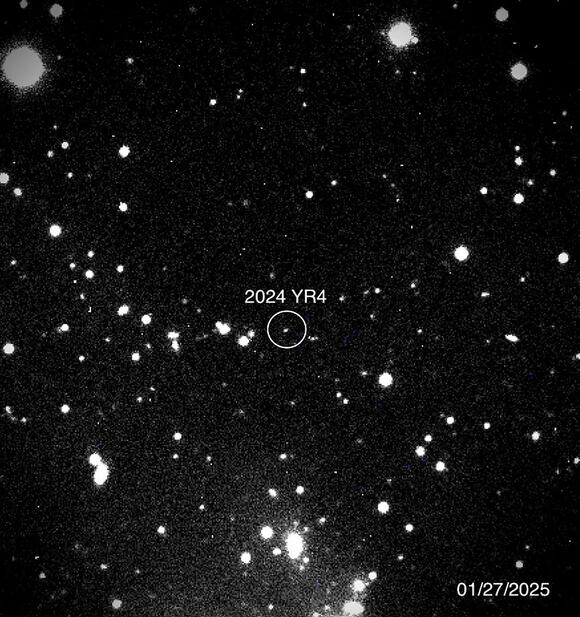An asteroid containing the might of an 8-megaton nuclear weapon could hit Earth within the next seven years. Astronomers have been following an asteroid that is approximately the size of a football field projected to hit Earth in 2032. 2024 YR4, the name of the asteroid, has about a 2% chance it will collide with Earth. This percentage continues to fluctuate as its trajectory slightly changes over time.
Astronomers photograph the night sky using worldwide network telescopes, these scientists look for movement across the night sky, like how they spotted the 2024 YR4 dashing across the sky. A remotely operated telescope in Chile first detected YR4.
“These big 100-megapixel images that come back to Honolulu and our computers reduce them and look for objects that are star-like, but moving in the exposure” explained Larry Denneau, an astronomer at the University of Hawaii Institute for Astronomy.
Four telescopes run by the Asteroid Terrestrial-impact Last Alert System (ATLAS) program. These telescopes send images to the University of Hawaii for computer analysis.
The International Asteroid Warning Network sent out a list of possible strike areas. These areas vary in the populations of humans and animals; these strike zones include the eastern Pacific Ocean, northern South America, the Atlantic Ocean, parts of Africa, the Arabian Sea, and South Asia.
Even though the impact probability increased last week from 1% to 2.3% it is still very unlikely that this asteroid will impact Earth. This is not the first time this has happened, as an asteroid named Apophis rose to 2.7% on the sentry risk impact table in 2004. Scientists made more observations on Apophis and in March of 2021, eventually ruled out the possibility of it striking Earth.
Astronomers will continue to watch YR4 until April, when it will eventually disappear and become visible in June 2028.
“As more observations of the asteroid’s orbit are obtained, its impact probability will become better known” NASA stated in a recent blog post, “It is possible that asteroid 2024 YR4 will be ruled out as an impact hazard, as has happened with many other objects.”





















































